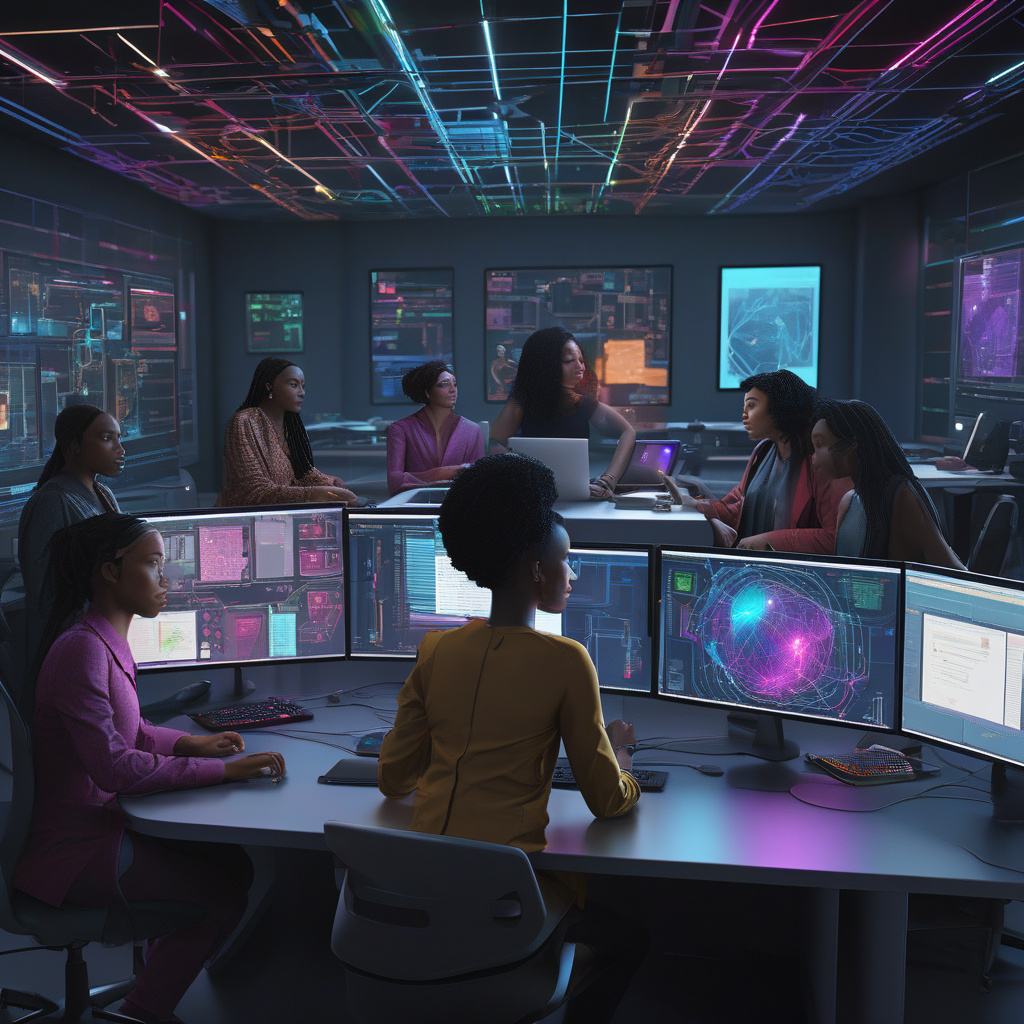In the ever-evolving landscape of software development, a new trend is on the rise: “vibe coding” with AI. This practice involves accepting AI-generated code without fully comprehending its intricacies—a phenomenon that is gaining traction among developers. The allure of expedited coding processes and increased efficiency is undeniable. However, the question remains: is this approach truly beneficial, or does it pose risks that developers should be wary of?
On one hand, embracing AI-generated code can significantly streamline development workflows. By leveraging AI algorithms to automate certain aspects of coding, developers can save valuable time and resources. This accelerated pace of development can lead to quicker product launches, giving companies a competitive edge in the market. Additionally, AI-generated code can help bridge skill gaps within development teams, enabling less experienced programmers to contribute effectively to projects.
At the same time, relying too heavily on AI-generated code without a deep understanding of its underlying mechanisms can be risky. Developers who blindly accept and integrate AI-written code may encounter challenges when troubleshooting, debugging, or maintaining the codebase in the long run. Without a clear comprehension of how the AI arrived at its solutions, developers may struggle to address issues or adapt the code to evolving requirements. This lack of transparency and control could potentially lead to project delays, quality issues, or even security vulnerabilities.
To illustrate, consider a scenario where a development team incorporates AI-generated code for a critical feature of a software application. While the initial implementation may seem flawless and efficient, unforeseen issues could arise post-deployment. Without a comprehensive understanding of the AI-generated code, diagnosing and rectifying these issues may prove to be a daunting task. In such situations, the convenience of vibe coding could quickly transform into a liability, jeopardizing the project’s success.
In essence, the key lies in striking a balance between leveraging AI for code generation and maintaining a solid grasp of the codebase. Developers can harness the power of AI to expedite routine tasks, enhance productivity, and drive innovation. However, it is vital to supplement this approach with in-depth knowledge of the code produced by AI systems. By investing time in understanding the logic, structure, and dependencies of AI-generated code, developers can mitigate risks and ensure the long-term sustainability of their projects.
Ultimately, the decision to embrace vibe coding with AI should be approached with caution and mindfulness. While the benefits of accelerated development are enticing, overlooking the importance of code comprehension could lead to unforeseen challenges down the road. By combining the efficiency of AI-generated code with a commitment to understanding its inner workings, developers can navigate the complexities of modern software development with confidence and competence.

